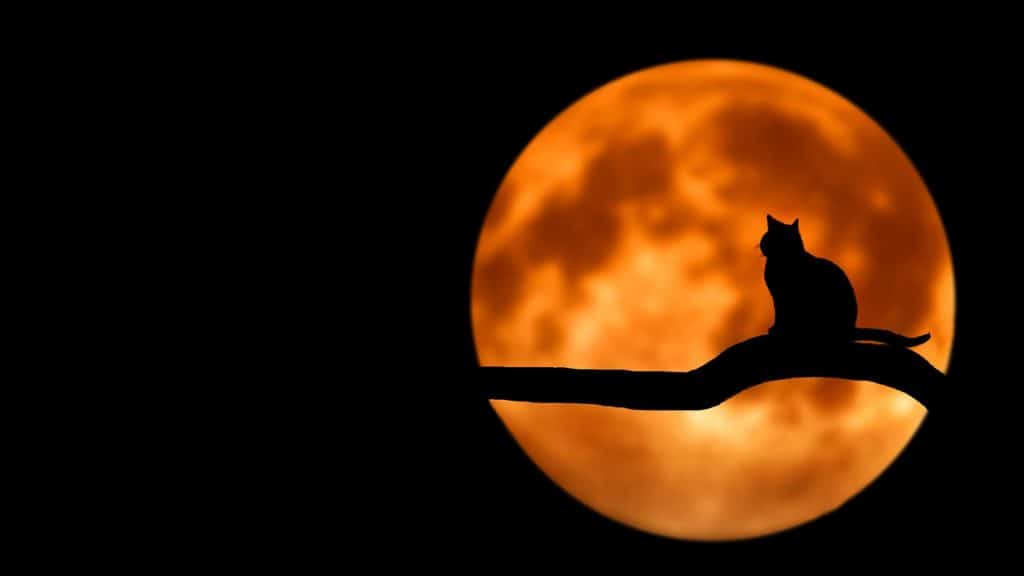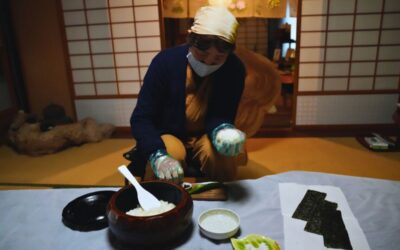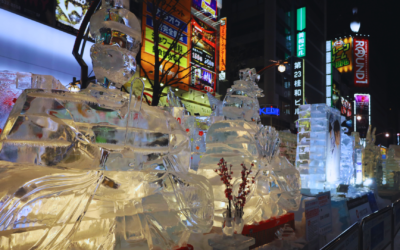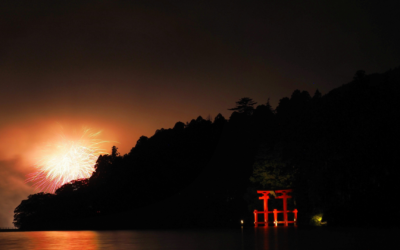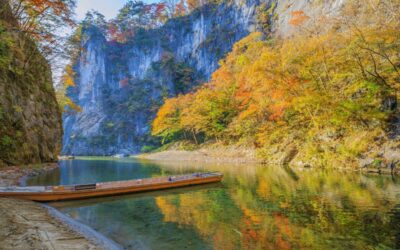Yōkai, roughly translated to ‘spirits’ or ‘demons’ in Japanese, have appeared in Japanese horror legends and folklore since historical times. In a period when the surreal began to overtake realistic stories, mythical creatures unique to Japan were born, including some of the strangest setups imaginable (one involving magical balls emerging from anuses!).
Many of these Japanese folklores live on today in more adaptable versions of themselves. Some of these tales have transformed into cute iterations of their horrendous original forms, and many can be seen as promotional characters in the media.
One of the best ways to explore Tokyo is to visit the local areas and immerse yourself in the local culture. If you want to explore local areas, we have created scavenger hunt adventures personalised to your interests, filled with fun facts, clues and puzzles. If you’re curious, you can check out the games here! Check out the Flip Japan Games here! |
During a time when classical Japanese literature based on naturalism and realistic stories was growing in popularity, Japanese horror flourished as a contrast to the traditional view of literature. Japanese horror provided a unique avenue for authors to explore the supernatural and the grotesque, thus diverging from the realistic stories that dominated the literary scene.

While the trend was for Japanese stories to be set in the present day with some sort of moral value hidden within the narrative, a movement was started in Japan by authors who wrote about the supernatural world. Horror stories emerged from this movement as authors began to write about pre-modern and modern-day periods, focusing on rich, deep descriptions instead of a meaningful plot. The overly descriptive settings created a mood for horror, and many of these classical stories have gone on to become well-known pieces within Japanese horror.
From these stories come three horror legends that remain prominent in Japanese society, in forms you may not recognise. Let’s explore these Japanese horror legends.
Japanese Horror Legends and Their Legacy
Yamanba
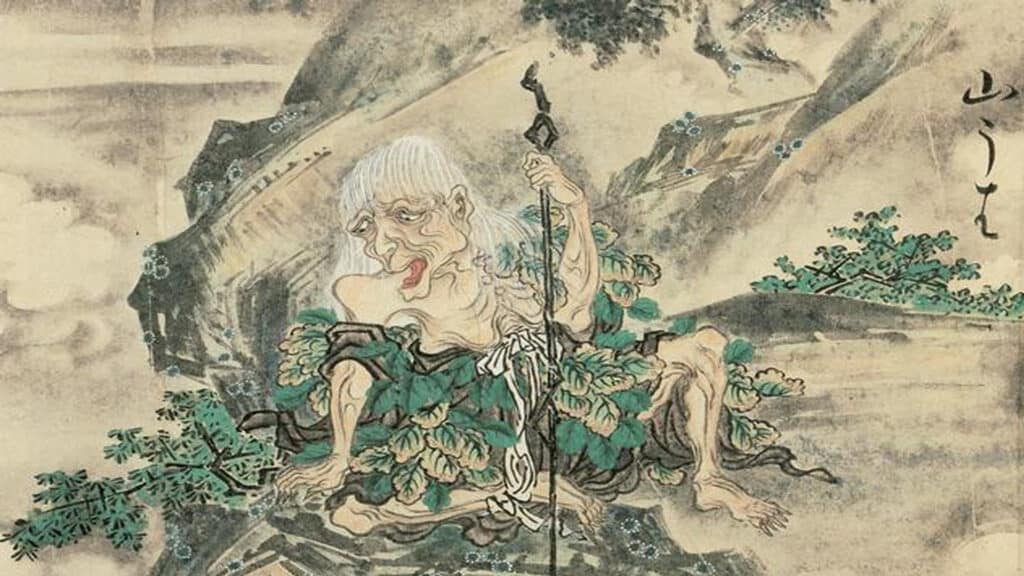
The yamanba (roughly translated into “mountain hag”) is a heavily erotic depiction of the female body. Though her original form is an old, demonic woman resembling a cross between a demon and a witch, she has the power to transform herself into a beautiful young woman to lure in men to eat them.
The yamanba is introduced in Kyōka Izumi’s tale, “The Holy Man of Mount Koya,” written in 1900. In this story, a travelling monk finds his way up a mountain where he arrives at a house isolated from the central village. There lives a disabled young man and his caretaker, a beautiful young woman.
The monk spends his time at the house getting to know the young woman and learns why they live so far off, separated from the village. He lusts for her as she invitingly shows him her body. Eventually, he realises something isn’t right when an unusual number of animals regularly come near the woman. Animals like horses, monkeys, and other creatures that wouldn’t normally coexist somehow all live within the woods surrounding the house.
They all seek the attention of the young woman, and the story subtly but descriptively depicts the woman catering to these animals, implying she uses her body to calm them. By the end of the story, the reader can assume that these animals were male travellers similar to the young monk. They found the isolated house on the mountain and were drawn to the young woman with supple skin, silky hair, and captivating eyes, who then used her supernatural powers to transform them into animals, kidnapping them from human society.
The yamanba is the classic horror story of an evil witch and was a big hit in post-modern Japan.
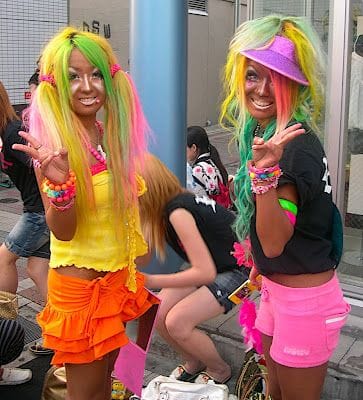
In the 1990s, youths turned this classical Japanese horror folklore into a subculture within Japan by creating the ganguro fashion style. With bold clothing and shocking makeup, the ganguro was recognised by their dark skin tone and contrasting bright colours found in their hair or prominent features of their faces. While the style has now faded out, influences of it and the yamanba can still be seen in today’s gyaru fashion trend among women.
Yuki-onna

The yuki-onna (translated into “snow woman”) is one of the most well-known figures in Japanese horror legends. She has skin as cold as ice and as white as snow and freezes travellers (usually male) with the blizzards she brings with her or with her icy breath if they cross her path. She hardly speaks and instead floats quietly to emphasise her supernatural and ghostly nature.
There are various versions of the yuki-onna legend, but she is typically depicted with the same appearance: long, black hair and a white kimono. Though she’s a cruel and murderous entity, her image is one of frailty, purity, and loneliness. In the 1965 film, Kwaidan, directed by Masaki Kobayashi, she is even given a warm and humanising backstory of being married and having children.
Since her conception, the yuki-onna legend has been incorporated into different stories and platforms, such as anime and manga in modern-day Japan, but all interpretations and depictions of her retain her cold appearance and icy powers. This enduring figure in Japanese horror continues to captivate and terrify audiences, embodying the chilling allure of supernatural forces.
Kappa
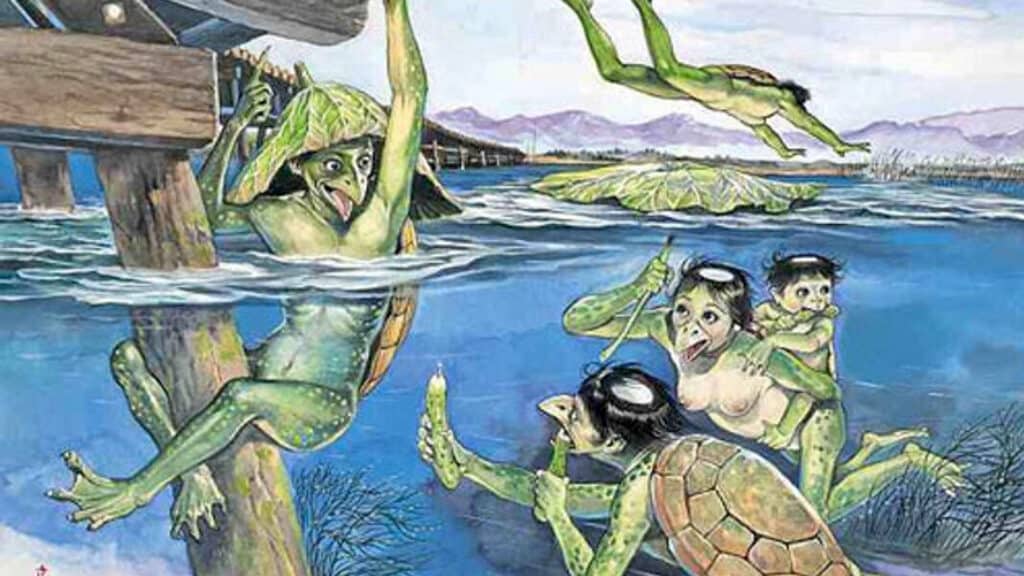
The kappa is a green, human-like, turtle creature said to live in rivers, hardly coming out of the water. On top of their heads is a small circular dish that must always be filled with water. If dried up, the kappa will die. Originally believed to be a folktale for young children, this Japanese horror legend aimed to discourage people from getting too close to deep waters, as it was said that a kappa would drag their victims into the water and drown them.
They are also known to steal what is called the shirikodama (literally translated as “little butt ball”), a small, mythical ball said to be found inside a person’s anus. If a kappa manages to take out the shirokodama, the victim is guaranteed death. Offerings were given to subdue the kappa and keep them happy, with cucumbers being their favourite food.
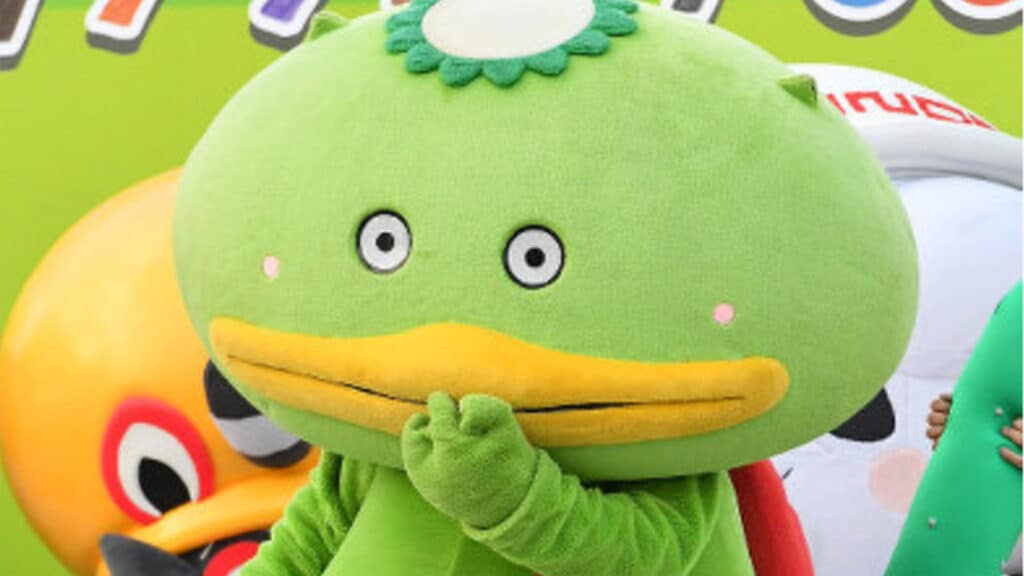
In modern-day culture, kappa can be seen as cute mascot characters instead of the vicious, murdering monsters they were originally. Today, it is a loved character often used to promote a multitude of products and signs. It appears in children’s anime as well as supernatural ones, and the mythical creature has been reinterpreted as a cuter, friendlier version of its previous self.
The Enduring Influence of Japanese Horror Legends
The meaning of wabi-sabi should help everyone remember that you don’t have to be perfect. It is a view of the world that accepts the natural course of life for what it is and embraces it. Japanese horror legends and folklore appeared at a time when the supernatural was unknown to the Japanese public. While they focused on realism and teachable stories, a group of classical authors began to write surrealist novels, birthing hundreds of different yōkai, many of which are still seen today in modern Japanese culture.
While their forms have changed to become less terrifying versions of their previous selves, these horror legends will continue to have a strong influence on Japanese storytelling. Japanese horror remains a vital and captivating aspect of Japanese culture, reflecting the nation’s unique blend of fear, beauty, and the supernatural.
Stay tuned to Flip Japan Guide for more information about Japan travel, Japanese culture, moving to Japan, living in Japan, Japanese language, and more.

